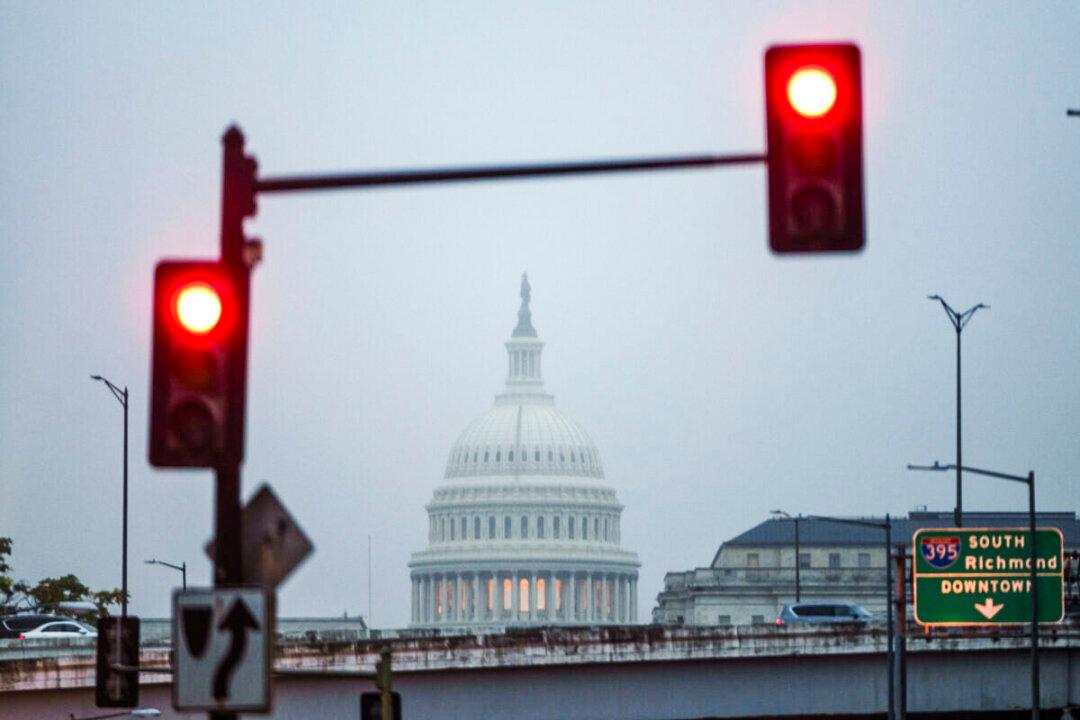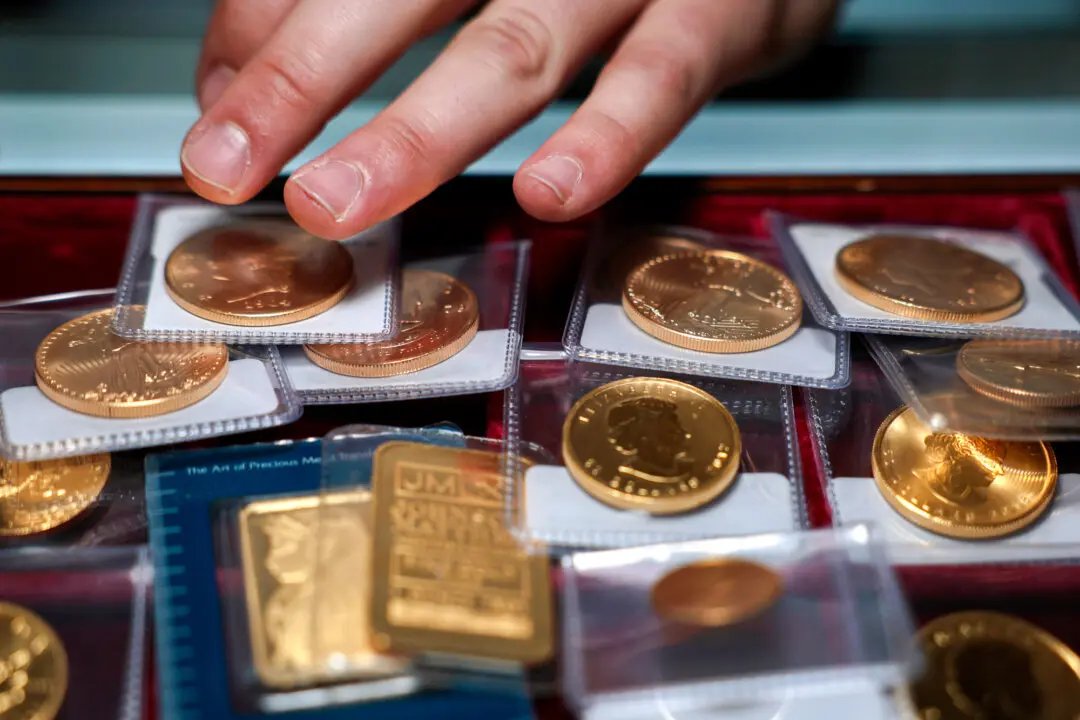Dozens of House Democrats say it’s time to eliminate the debt ceiling and instead allow unlimited borrowing so that the federal government can spend whatever it needs.
U.S. lawmakers are entrenched in another battle over the debt ceiling after Washington hit its borrowing limit of about $31.4 trillion last week. As a result, the Treasury Department has employed “extraordinary measures” to help cover the government’s obligations until June, when these tools will be exhausted.





